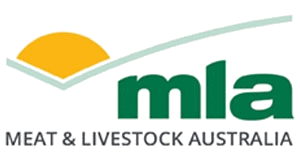Argentina Lifts Five-Decade Ban on Live Cattle Exports
BUENOS AIRES, Feb 26 (Reuters) – The Argentine government has authorised the export of live cattle for slaughter, reversing a prohibition that had been in place for over five decades.
This decision follows a year in which the country’s beef exports reached their highest level in a century.
Argentina, renowned for its beef cuts and traditional asado barbecue, is a major ranching and farming powerhouse. It is also a significant exporter of processed soybeans, corn, and wheat. Sales from the agricultural sector to foreign markets provide the largest source of hard currency for the central bank, which is essential for financing imports and paying down debts.
In a statement on Wednesday, the agriculture secretariat said the policy reversal on cattle exports was aimed at fostering “greater competition within the meat and livestock chain.” This move aligns with libertarian President Javier Milei’s efforts to deregulate South America’s second-biggest economy and stimulate growth.
Earlier this month, Milei’s government introduced a five-month tax cut for exports of grains and their derivatives to encourage sales abroad. Additionally, late last year, Milei supported a reduction in local duties on beef exports, lowering the rate to 6.75% from the previous 9%.
Original story: Reuters

